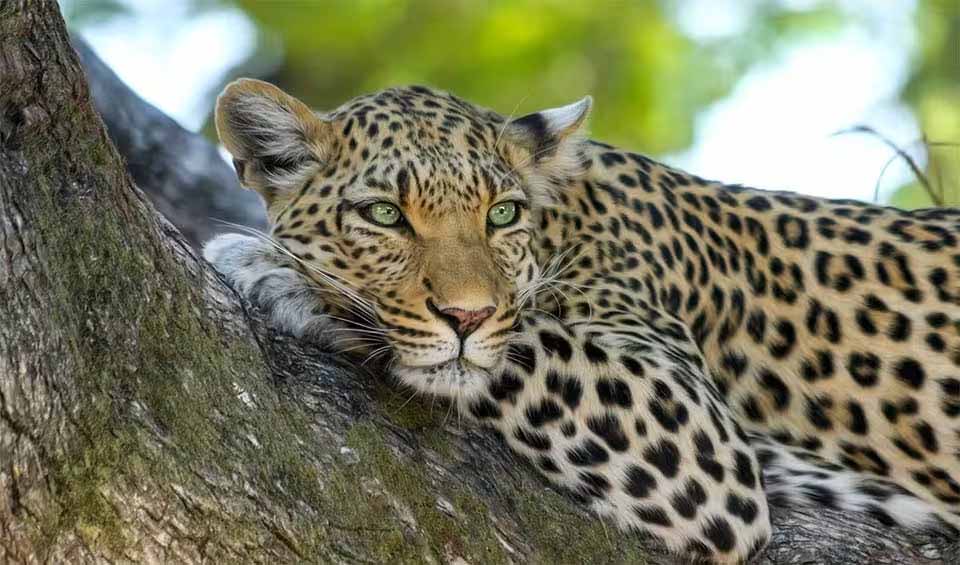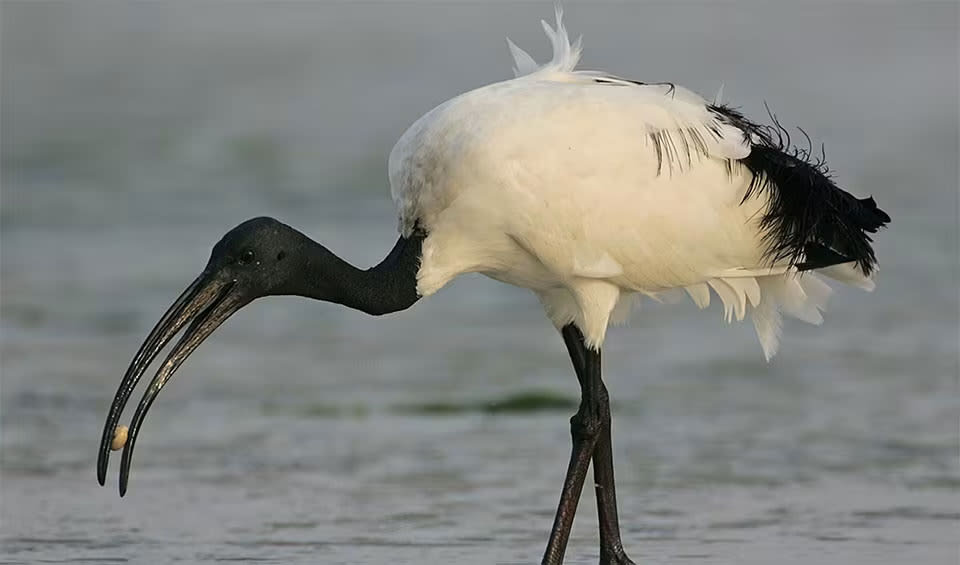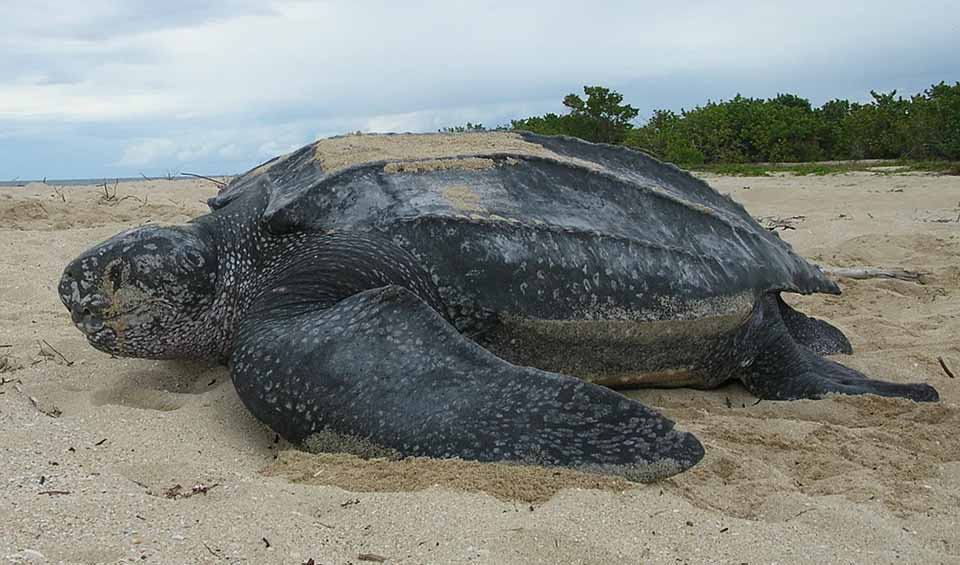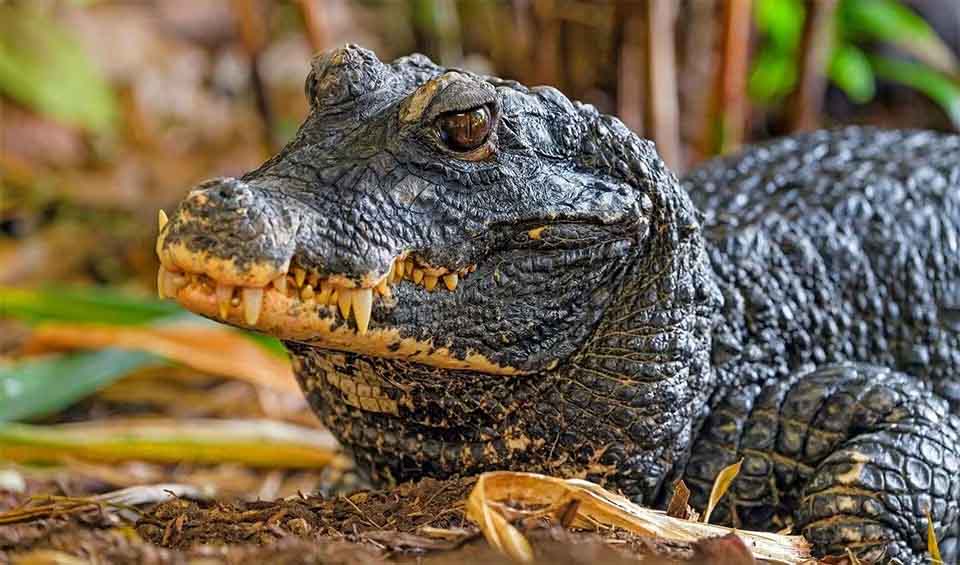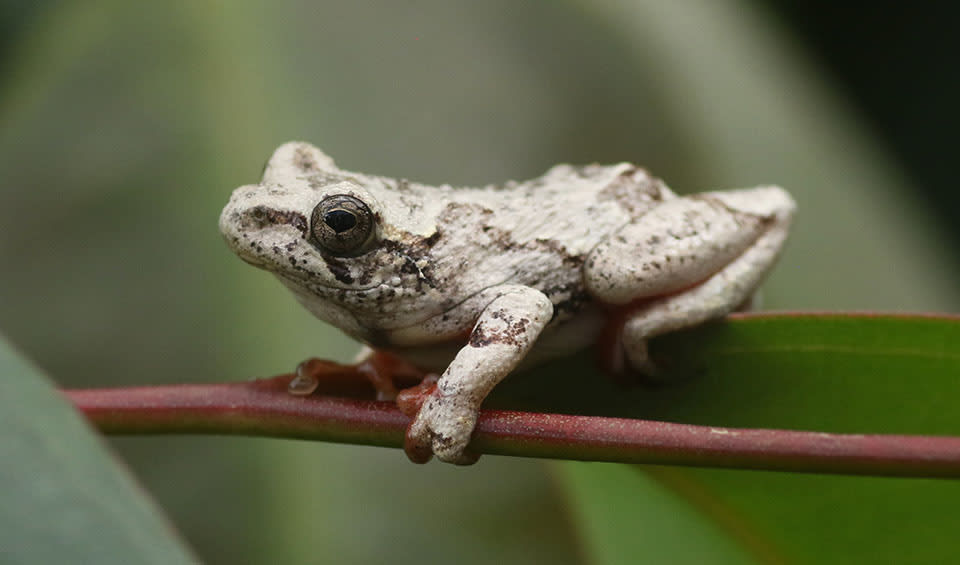The Democratic Republic of Congo (DRC), the second-largest country in Africa, plays a crucial role in the continent’s nature conservation efforts. Over half of the DRC’s land is covered with dense forests and woodlands, and it boasts significant reserves of copper, gold, coltan, and other minerals.
Despite these abundant natural resources, the DRC remains one of the world’s least developed countries, with a large portion of its population living in poverty. Factors such as systemic corruption and ongoing conflicts impede economic progress and exacerbate pressures on the environment. These challenges lead to unsustainable mining practices, poaching, pollution, deforestation, and soil erosion, all of which threaten the country’s wildlife and habitats.
Four pillars elaborated:
The Democratic Republic of the Congo (DRC) boasts a comprehensive network of protected areas that span about 11% of its national territory, encompassing a variety of conservation zones. This network includes seven national parks, three biosphere reserves, numerous wildlife and nature reserves, including specialized ones for primates, and a scientific reserve. Together, these protected regions play a critical role in conserving the rich biodiversity and natural heritage of the DRC. Land Management
Land Management
The Democratic Republic of Congo is experiencing severe threats to its biodiversity due to a combination of widespread poverty, recurring conflict, and a heavy reliance on mineral extraction. These pressures manifest in rampant poaching, pollution, deforestation, and soil erosion, all of which jeopardize the survival of wildlife and their habitats. For example, a significant study in 2016 by Fauna & Flora International, alongside the Wildlife Conservation Society, highlighted a shocking 77% decline in the population of Grauer’s gorillas, also known as mountain gorillas, since 1995 due to illegal hunting, civil unrest, and habitat destruction from mining. Threats to Biodiversity
Threats to Biodiversity
Further exacerbating the situation, the main threats in the DRC, such as habitat degradation, uncontrolled fishing, and the introduction of invasive species, have persisted over time. Deforestation is particularly driven by the local dependence on fuelwood, extensive slash-and-burn agriculture, and unchecked mining operations. Additionally, bushmeat hunting is prevalent across the Congo Basin, targeting not only common species like monkeys, duikers, and antelopes but also threatening endangered species like gorillas and bonobos.
The Democratic Republic of the Congo (DRC) has been a pioneer in African nature conservation, starting with the establishment of the Virunga National Park in 1925 and the Rubi-Tele Forest Reserve in 1930. Today, multiple ministries collaborate on biodiversity management, with the Ministry of Environment, Nature Conservation and Tourism playing a leading role, supported by the Congolese Institute for the Conservation of Nature. Key legislative measures such as the 2002 Forest Code, Mining Code, and various laws on hunting and nature protection underpin these efforts. Capacity and Governance
Capacity and Governance
In 2016, the DRC updated its National Biodiversity Strategy and Action Plan to enhance the sustainable management of its forests and biodiversity, focusing on reducing human impacts, utilizing genetic resources sustainably, and restoring ecosystem services. Additionally, in 2018, the DRC signed the Brazzaville declaration to safeguard the Cuvette Centrale region in the Congo Basin, home to the world’s largest tropical peatlands, emphasizing coordinated governmental efforts to protect these vital ecosystems and acknowledging significant scientific contributions to peatland mapping.
In collaboration with the Congolese Institute for Nature Conservation (ICCN), the European Union is funding numerous conservation projects across several of DRC’s protected areas with a budget of €140 million provided by the European Development Fund. Key areas benefiting include Virunga, Salonga and Garamba National Parks, the Upemba-Kundelengu complex, and the Yangambi Biosphere Reserve. Half of this funding is allocated for biodiversity preservation, while the other half supports community development surrounding these areas. Future Trends
Future Trends
For instance, in Virunga, efforts have led to the creation of thousands of jobs and the return of significant numbers of mountain gorillas, elephants, and hippos. In Garamba National Park, the EU’s contributions have included educational and sustainable initiatives like farmer field schools and solar mini-grids, which provide renewable energy to local households, businesses, and public services.
Biodiversity
The Democratic Republic of Congo (DRC) is characterized by a vast expanse of tropical rainforest, making it one of the largest of its kind in the world and providing a remarkable diversity of biomes and ecosystems. It holds the status of being the most biologically diverse country in Africa and ranks among the top globally for its variety of animal and plant species, hosting a significant portion of Africa’s tropical forests.he DRC is a sanctuary for an extensive range of species, including hundreds of mammals, birds, fish, and thousands of plant types. Among these are critically endangered species such as the northern white rhino, mountain gorilla, the endemic okapi, eastern lowland gorilla, and bonobo. A notable percentage of its mammals and plants are endemic, found nowhere else in the world.
In the table below are the number of known species in several main groups, how many of these species are Threatened with extinction, and how many of them are Endemic (unique to DR Congo only):
| Species (World rank) |
Threatened | % Threatened | Endemic | % Endemic | |
|---|---|---|---|---|---|
| Mammals | 507 (#8) | 32 | 6.3% | 47 | 9.3% |
| Birds | 1,110 (#10) | 42 | 3.8% | 15 | 1.4% |
| Reptiles | 34 (#138) | 9 | 26.5% | 32 | 94.1% |
| Amphibians | 230 (#17) | 11 | 4.8% | 65 | 28.3% |
| Fishes | 1,552 (#22) | 124 | 8.0% | 373 | 24.0% |
| Plants | 8,641 (#37) | 148 | 1.7% | 3 | 0.0% |
mammals
Eastern gorilla
Much larger than any other ape, it is the rarest of two gorillas species
Leopard
Disappearing graceful shadows, this tree-climber is on the way to extinction
White rhinoceros
White with a dark future! Victim of the myths, it is the biggest of the five rhino species
birds
Saddle-billed stork
The colorful stork of Africa
Shoebill
One of the most bizarre creatures you can ever lay your eyes upon
African sacred ibis
The fossil records suggest that this species has been on this planet for millions of years
reptiles
Black mamba
Africa’s most feared snake that would inevitably evoke reactions of fear by just its looks
Leatherback sea turtle
The mysterious diver of the ocean is the largest and only sea turtle without a hard shell and scales
Dwarf crocodile
Timid nocturnal with broad snouts native to Africa, they are the smallest of all crocs
amphibians
African clawed frog
It’s a frog, but it doesn’t look like the typical frogs we think of!
Common reed frog
Their horizontal pupils give them a permanently surprised expression
Guttural toad
Known for its loud, ‘guttural’ croak that can be heard from a distance
National Animals
Okapi
The mysterious forest zebra is the closest living relative of the giraffe

